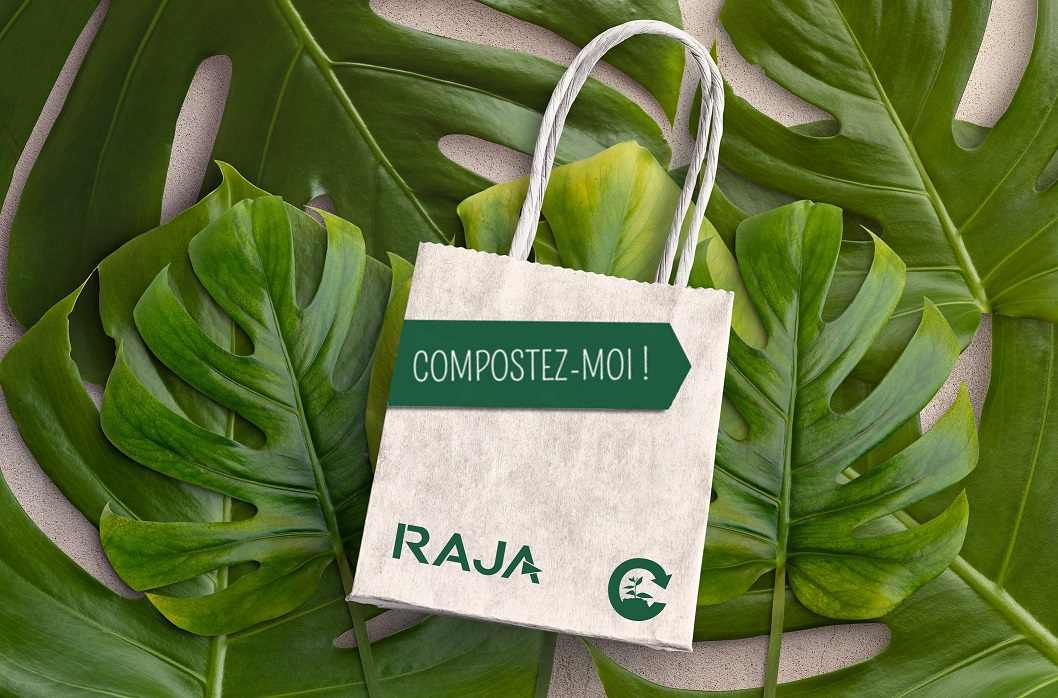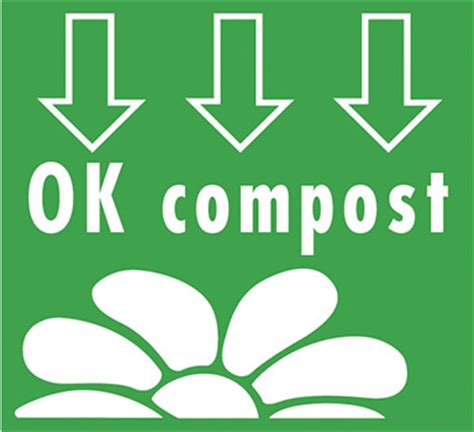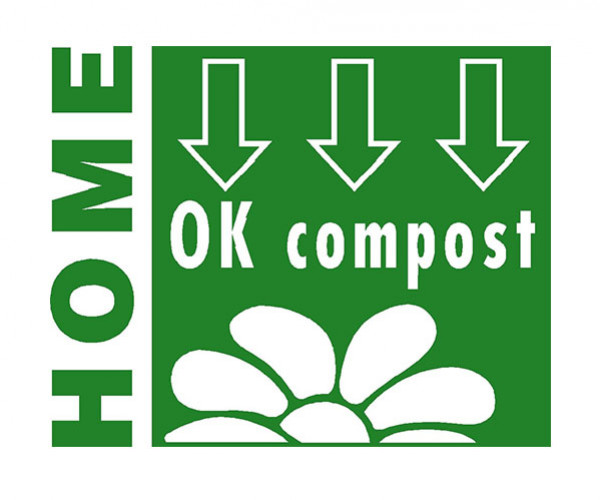In the logistics sector, eco-designed packaging is particularly popular. It combines hygiene and practicality with a limited impact on the environment. This packaging solution meets consumer expectations and helps to improve the brand’s image. In this article, find out more about compostable packaging and how it can help to make your logistics strategy greener. What is
What is
compostable packaging?
Packaging is said to be compostable if it can be destroyed into micro-organisms or mineral components under certain conditions (temperature, oxygen, humidity). The characteristics of compostable packaging are defined by European standard EN 13432. It must therefore meet certain requirements
- 90% of the product must decompose into residues smaller than 2 mm within 12 weeks;
- The product must not have a negative impact on the quality of the compost;
- The compostable material must not exceed the maximum content of heavy metals (copper, zinc, mercury, nickel, etc.) and mineral salts (phosphorus, nitrogen, magnesium, etc.).
les emballages compostables sont fabriqués à partir de matériaux issus de ressources renouvelables. Les produits biosourcés, généralement utilisés dans leur conception, sont des matières végétales, comme l’amidon de maïs ou la canne à sucre.
Quels sont les avantages de l’emballage compostable ?
Les emballages compostables offrent de nombreux avantages, au niveau environnemental comme au niveau social. Quels sont les avantages d’une stratégie logistique plus verte?
Des avantages sociaux
Les emballages non écologiques, à l’instar de ceux composés de plastique pétro-sourcé, n’ont plus la cote. L’utilisation d’emballages compostables améliore l’image de votre marque aux yeux des consommateurs sensibles à l’impact environnemental. Cela vous élève au rang de marque éco-responsable, permettant d’attirer les consom’acteurs de plus en plus nombreux.
En effet, selon une étude Yougov, 80 % des Français se déclarent sensibles aux efforts des marques pour adopter des
embal
- Maize starch: renewable, biodegradable and compostable, maize starch has all the qualities required to be at the top of the list. This material is often used for food packaging, but also in the manufacture of compostable bin liners.
| Made from corn starch (PLA), our transparent food boxes enhance your food products and ensure a tight seal thanks to their hinged lid. |
- Potatostarch: potato starch mixed with water makes it possible to obtain a non-polluting, biodegradable and compostable biosourced plastic.
| Made from 50% biosourced plastic materials such as potato and corn starch, our woven bags are part of a sustainable development approach. |
- Sugar cane: the fibrous residue from sugar cane used to make compostable packaging is known as “bagasse” and is obtained after the extraction of the sugar.
| Our sugarcane boxes are water and grease resistant and are therefore suitable for hot filling and microwave heating. |
- Reed fibre: used in particular in the manufacture of food trays, reed fibre is also a compostable material, usable as fertiliser.
quels sont les modes de compostage pour les emballages compostables ?
Les emballages répondant aux normes de compostage portent la mention « emballage compostable ». Il existe deux manières de composter, à savoir de façon industrielle ou domestique. Ainsi, les produits compostables sont susceptibles d’être labellisés OK Compost, ou Ok Compost Home. Ces certifications sont distribuées par TÜV AUSTRIA et répondent aux normes européennes en vigueur.
L’emballage OK Compost
Les produits portant le logo OK Compost peuvent être compostés dans un centre de compostage industriel. Ils ne doivent donc pas être placés dans un composteur classique. Cela s’explique par le fait qu’ils nécessitent une température plus élevée et constante, assurant le processus de biodégradation. Pour mener à bien la décomposition de l’emballage, le centre de compostage industriel le place à une température comprise entre 55° et 60°C.
La certification OK Compost est signalée par ce logo
 |
oK Compost Home
certified
packaging
, the product is easily compostable and can therefore be integrated into a domestic compost bin.To obtain the label, the packaging must be able to compost at lower temperatures and contain no non-biodegradable materials or products, such as inks or additives.OK Compost Home certification is indicated by this logo:
 Consumers are increasingly sensitive to sustainable development and many of them are adopting eco-responsible practices.Thus, compostable packaging is a solution for the future, in addition to strengthening the image of the brand.Enhance your products with compostable packaging to be found on our site.
Consumers are increasingly sensitive to sustainable development and many of them are adopting eco-responsible practices.Thus, compostable packaging is a solution for the future, in addition to strengthening the image of the brand.Enhance your products with compostable packaging to be found on our site.














